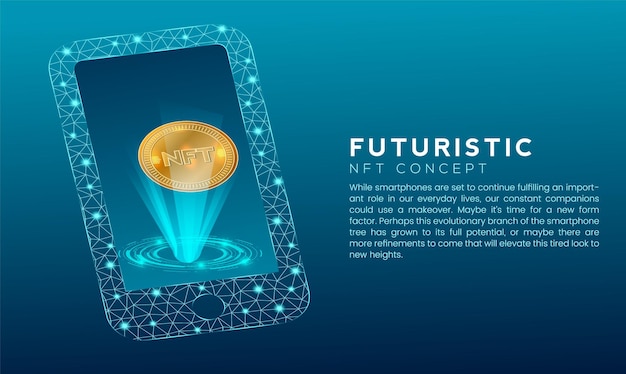
Creators of non-fungible tokens are making waves in the gaming and blockchain communities. NFTs are essentially digital assets that are unique, with properties that make them stand out from other digital assets. There’s a lot of focus on how NFTs can be used as virtual objects within video games to increase player engagement and retention. However, their potential for use goes well beyond this niche market. Any scenario where you want to track ownership or monitor usage of a digital asset is a great candidate for an NFT implementation. You might not know it yet, but the ideas below could spark your imagination and lead you further into the world of NFTs.
Cryptocollectibles: NFTs in their simplest form
Cryptocollectibles are non-fungible tokens that are unique and transferable, but have no inherent value. They exist as a form of applied art and are a way to play with blockchain technology through unique tokenized assets that are provably scarce, have a verifiable record of ownership, and are completely interoperable with other blockchain-based systems. Some of the most popular cryptocollectibles include CryptoKitties, CryptoPunks, and EtherBunnies. These are digital assets that look like virtual kittens, punk rockers, or bunnies. CryptoKitties, in particular, has drawn a lot of attention. The game allows players to buy, sell, and trade digital kittens using smart contracts on the Ethereum network. You can buy and sell the kittens for Ether (ETH), the virtual currency that fuels the Ethereum network.
Equity on the blockchain: NFTs as securities
One of the first applications of blockchain technology was to allow the trading of digital securities through decentralized networks. It’s no surprise that NFTs can be used to tokenize traditional securities as well. A security is a fungible asset that can be traded. This can include stocks, bonds, or other financial instruments. NFTs can make it easier to trade these types of assets by providing an immutable record of ownership. This record can be verified by the network to guarantee that no one is trying to sell something that they don’t actually own.
Digital art and intellectual property: NFTs for IP tracking
The blockchain is a great place to store information, and it’s particularly useful for tracking IP and other digital assets. The process of making art, writing code, or creating other types of IP is often very manual. Tools like smart contracts can help automate the process of logging IP information and keeping track of who owns which IP assets. Ethereum’s blockchain is particularly equipped to track digital assets. In fact, the Ethereum Name Service (ENS) allows users to store their IP addresses on the blockchain. This makes it easier for others to find and verify the ownership of your digital assets. The ENS is a decentralized DNS (domain name system) that allows you to register and assign a unique address to your website or other online asset. This address looks like a random string of letters and numbers, but it’s easy to remember. For example, someone could go to crypto.eth to visit the website for crypto.eth, and they’d be redirected to the correct site.
Virtual goods marketplaces: NFTs for gaming
Many NFTs can be used to build virtual goods marketplaces. These are online marketplaces where users can buy and sell virtual goods. Some of the most notable examples of virtual goods markets built on the blockchain include CryptoCities and Decentraland. These virtual goods marketplaces allow users to create and sell virtual assets for real money. Decentraland is a virtual reality platform that lets users buy land. The virtual land is non-fungible and can be used to build games, host events, or create shops where you can sell items. CryptoCities is a virtual reality game that allows you to buy and sell virtual properties. The game has some similarities to the real-life game, SimCity, but it takes place in a virtual, blockchain-powered city.
Real-world assets tracking: NFTs for asset tracking
Beyond digital assets, NFTs can be used to track real-world assets as well. The first asset-tracking example that comes to mind is a supply chain. The blockchain can be used to track an item’s original source and monitor its progress along an entire supply chain. NFTs can be used to help verify that an item is genuine by storing information, such as a serial number, on the blockchain. If an item is a NFT, you can essentially create a digital token that represents that item. This token can be verified each time it changes hands, making it easier to track where it has been.
Conclusion
The future of NFTs is going to be exciting. While the technology is still in its infancy, many people are already using it to create new kinds of games and services. These examples are just the tip of the iceberg, and as technology advances, we’re likely to see even more creative applications for NFTs. We can expect to see more attention being drawn to the technology, especially once the dust has settled around the initial hype of blockchain and gaming. These are just a few examples of how non-fungible tokens can be used. However, it’s likely that NFTs will be used in even more creative ways in the future.